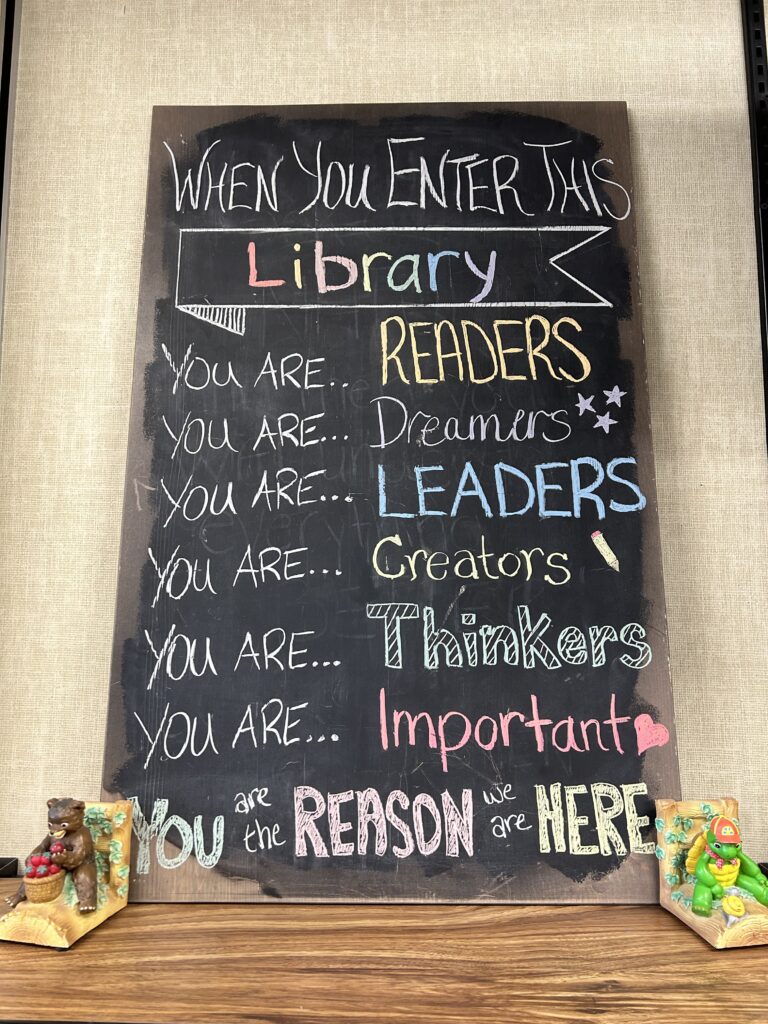Guiding Question: How can we meet students where they are at in their learning while still ensuring they complete the requirements for the grade they are in?
Scan: I did my scanning phase during our observational practicums and continued into my 3-week and 4-week practicum. I went into the observational practicums with an open mind because I had not been in a classroom before so I did not really know what I was looking for. I had only taught kids through the structure of a summer camp. The summer camps are not always tailored to the curriculum grades because we want the kids to have fun and try some cool experiments. When I went into my observational practicum and my teaching practicums I tried to take it all in and look for patterns or common themes throughout the classrooms that I could build a spiral of inquiry off of. I went in with a lot of questions as well and noted down what each teacher/school did the same and what they did differently.
Focus: Something that caught my attention during the scanning phase was that quite a few teachers would comment that the students were behind grade level in certain things like math or literacy. Some students were at grade level or above but the most common remarks from teachers were that students were behind. The reason that was stated all of the time was COVID. Because students were online for a bit and isolated from their peers and teacher it was harder for them to learn. I was not in teaching during COVID so I did not experience that learning with students. The strengths that the learners showed were that they were participating in the lessons and practicing the areas that they were weak in.
Develop a Hunch: Most of the teachers I talked to thought the reason for students being below grade level was COVID. Because the learning environments had to be modified the students did not learn or pick up as much as they usually would during a regular school year. This phase prompts us to ask how we as professionals are contributing to the situation and I think that teachers are meeting the students where they are at. Once the teacher can assess where the students are at they know how best to help the students meet the outcomes for their current grade. COVID may not be the only hunch that effects student learning but it is the most common response that I have heard. There are most likely many other factors at play as well. Another reason could be whether the child attended preschool or not if they are entering Kindergarten. In any grade, if a child misses a lot of school due to illness or other reasons that can impact their learning as well.
Learn: Throughout this inquiry I think the learning piece is continuing to see where the students are at in their learning. Educators have to meet the students where they are in their learning no matter what grade they are in so that they know where to start and how to develop their learning. During the learning phase I think that the teacher can consider all of the factors that might be impacting a student’s performance. It could be because of the COVID years but it also might be because of lack of engagement, home life or many other things. Part of the learning can be reinforcing what students have learned while getting them ready for the next grade as well.
Take Action: As I read through the “take action” section of the Spiral Playbook it reminds me of the things that we have been introduced to such as student-led learning. This section talks about doing something different and making time and providing support for this new action. It will probably take a while but new things should be tried to increase student learning. Meet the students where they are at but also keep your expectations high for them because they can do it. Students can show their learning by choosing their own assignment or taking learning outside. Every student has different learning opportunities and some may learn a particular topic better out in their community rather than in the classroom. It takes all of the systems of support to help teach students.
Check: The evidence gathered on the impact of change in the classroom is if the students are engaged in their work and are happy to be in school and in the classroom. The change may not equal complete transformation or improvements but if the students are engaged with their learning then I think the lessons will stick with them for longer and they will be able to carry that into the next grade. I think it is important for teachers to create an environment where students feel safe to share about what they are learning and what they want to do. The curriculum is important but the way in which it is taught can be changed to meet student needs and interests.
Overall, my spiral of inquiry really got me thinking about all of the factors that can influence how students learn and what they learn. It also made me realize that we can become stuck on thinking that one factor such as COVID is the answer for everything. If students are not at grade level when they enter a class, teachers can see where they are at and develop lessons from there. It is important to include student choice and outdoor learning as well because it makes lessons more memorable for students.
